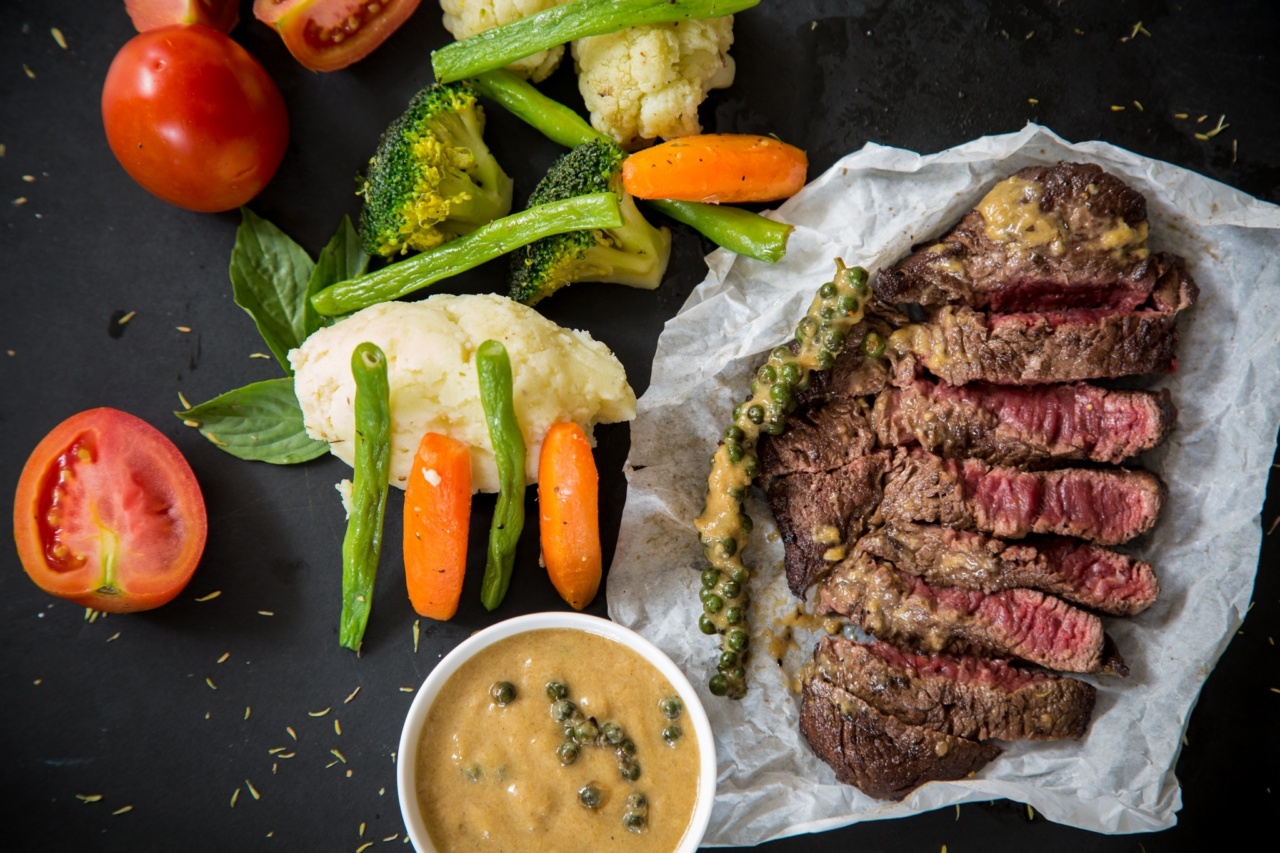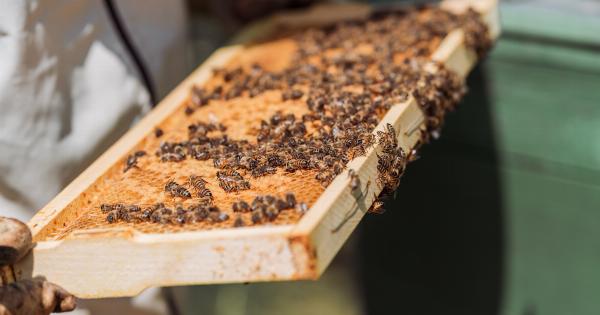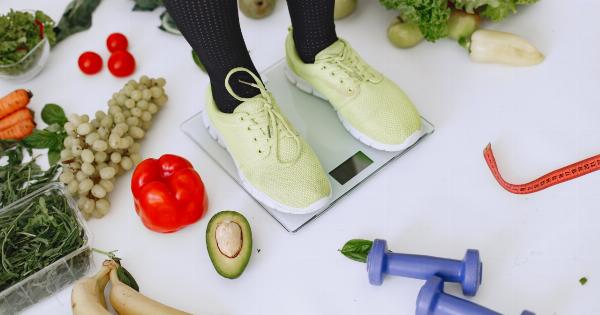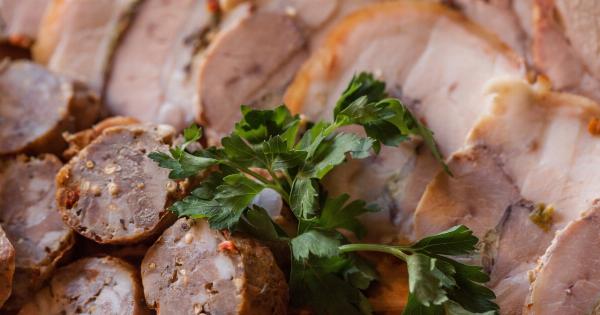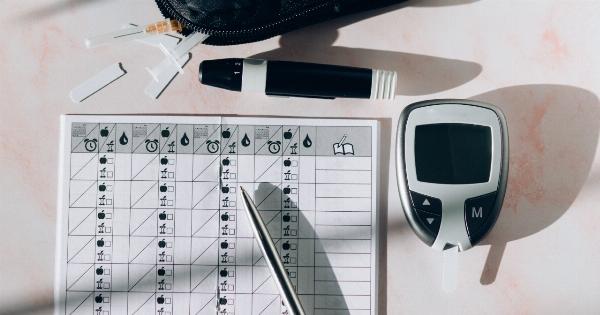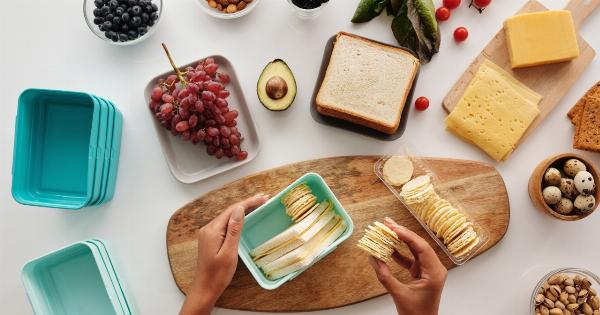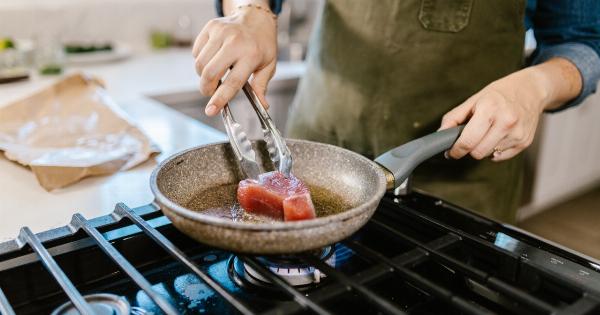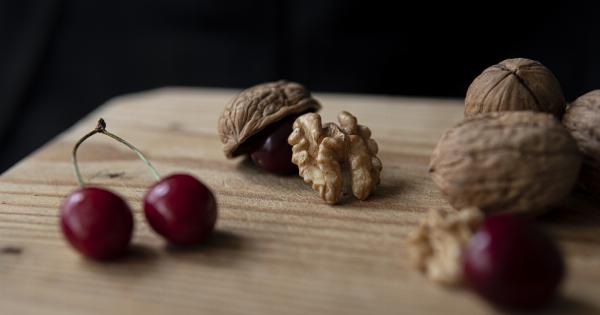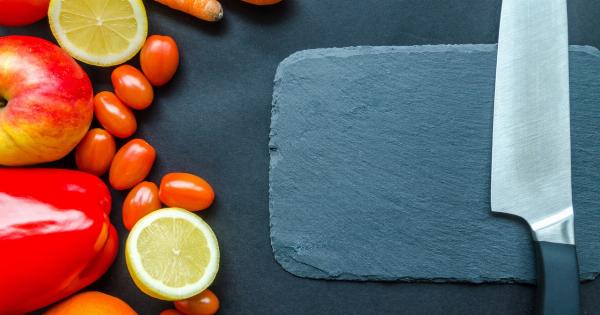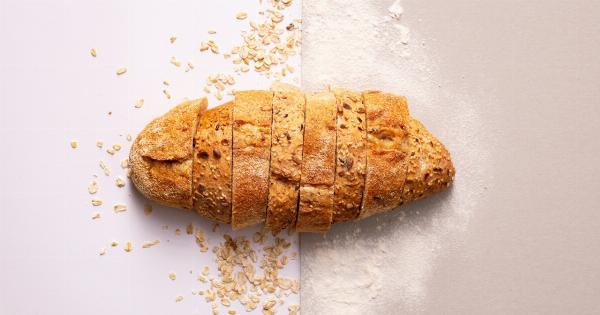Defrosting protein is an essential step in the preparation of many dishes, whether it’s meat, poultry, fish, or any other form of protein. Proper defrosting ensures that the protein is safe to consume and maintains its quality and texture.
While there are various methods for defrosting protein, not all of them are quick and reliable. In this article, we will explore some quick and reliable methods for defrosting protein that you can use in your kitchen.
1. Refrigerator Method
The refrigerator method is one of the most reliable and safest ways to defrost protein. This method requires some planning ahead of time, as it takes longer compared to other methods. Here’s how you can defrost protein using the refrigerator:.
– Place the protein in a sealed container or wrap it tightly in plastic wrap to prevent any moisture loss.
– Put the protein in the refrigerator on the bottom shelf to avoid any cross-contamination with other foods.
– Allow the protein to thaw in the refrigerator for a few hours or overnight, depending on its size. For instance, a small piece of fish may only take a few hours, while a whole chicken may take a day or two.
– Once completely thawed, cook the protein immediately or store it in the refrigerator for up to two days.
2. Cold Water Method
If you don’t have enough time to defrost protein in the refrigerator, the cold water method is a faster alternative. Here’s how you can defrost protein using cold water:.
– Place the protein in a leak-proof plastic bag, ensuring there are no holes or tears.
– Fill a large bowl or basin with cold water. Submerge the protein in the water, making sure it is fully covered.
– Change the water every 30 minutes to prevent it from getting too warm.
– Small pieces of protein, such as a steak or chicken breast, may defrost within 1-2 hours, while larger cuts may take longer.
– Once the protein is completely thawed, cook it immediately to ensure food safety.
3. Microwave Method
The microwave method is the quickest way to defrost protein, but it is also the least reliable. When using this method, you need to pay close attention to avoid partially cooking the protein. Here’s how you can defrost protein using a microwave:.
– Place the protein on a microwave-safe plate and cover it with a microwave-safe lid or plastic wrap. This helps retain moisture and prevents splattering.
– Set the microwave to its defrost setting or use 30% power if there’s no specific defrost option.
– Follow the manufacturer’s instructions for defrosting times based on the weight and type of protein.
– Rotate and flip the protein occasionally to ensure even defrosting.
– Once the protein is partially defrosted, remove it from the microwave and cook it immediately. Never refreeze protein that has been partially defrosted using a microwave.
4. Cooking from Frozen
For some protein, like seafood or thinly sliced meats, it is possible to cook them directly from frozen. This method is convenient when you forget to defrost protein ahead of time. Here’s how you can cook protein from frozen:.
– Preheat the oven, grill, or stovetop to a higher temperature than usual to ensure thorough cooking.
– Adjust the cooking time based on the thickness and type of protein. It generally takes longer to cook protein from frozen compared to defrosted protein.
– Use a meat thermometer to ensure the protein reaches a safe internal temperature.
– Avoid overcooking the protein to prevent it from becoming tough or dry.
5. Tray or Sheet Method
The tray or sheet method is a great option for defrosting a large quantity of protein, such as chicken wings or fish fillets. Here’s how you can defrost protein using trays or sheets:.
– Line a tray or sheet with parchment paper or aluminum foil to catch any drips or juices.
– Spread the protein evenly on the tray or sheet, making sure the pieces are not touching each other.
– Place the tray or sheet in the refrigerator and allow the protein to defrost slowly. This method may take a bit longer than using the refrigerator method.
– Once the protein is fully defrosted, cook it immediately or store it in the refrigerator for a short period.
6. Sous Vide Method
Sous vide cooking has gained popularity in recent years and offers a precise and controlled way to defrost protein. Although it takes longer, the sous vide method ensures even thawing and retains the protein’s quality.
Here’s how you can defrost protein using the sous vide method:.
– Fill a sous vide container or a pot with warm water at a temperature below the target cook temperature. For example, if you plan to cook the protein at 140°F (60°C), set the water around 110°F (43°C).
– Place the protein, still in its sealed package, in the water bath and ensure it is fully submerged.
– Use a sous vide immersion circulator to circulate and heat the water continuously.
– Thinner proteins may take a couple of hours to defrost, while larger cuts may require several hours.
– Once completely defrosted, remove the protein from the water bath and cook it immediately.
7. Quick Thawing Spray Method
For an even faster option, some specially formulated quick thawing sprays can help defrost protein quickly, but their reliability may vary. Here’s how you can use a quick thawing spray:.
– Read and follow the instructions provided by the manufacturer of the quick thawing spray.
– Place the protein on a clean surface and spray the quick thawing spray evenly from a recommended distance.
– Allow the protein to sit for a few minutes to enable the thawing process.
– Once partially defrosted, cook the protein immediately to ensure it’s safe to consume.
8. Brine Bath Method
The brine bath method is commonly used for defrosting larger cuts of protein, such as whole turkey or roasts. Besides defrosting, the brine bath method also helps to enhance the protein’s flavor and tenderness.
Here’s how you can defrost protein using the brine bath method:.
– Fill a large container or clean sink with cold water.
– Dissolve a sufficient amount of salt in the water to create a brine solution. The general recommendation is around 2 tablespoons of salt per 4 cups of water.
– Submerge the protein in the brine bath, ensuring it is fully covered by the solution.
– Allow the protein to defrost in the brine bath, occasionally stirring the brine to maintain a consistent temperature.
– Once completely thawed, remove the protein from the brine bath, pat it dry, and cook it immediately.
9. Steam Defrosting Method
The steam defrosting method is a quick and reliable option, especially for thin cuts of protein like fish fillets or thinly sliced meats. Here’s how you can defrost protein using steam:.
– Fill a pot with approximately 1-2 inches of water and place a steamer basket or colander on top.
– Arrange the protein in a single layer in the steamer basket or colander.
– Cover the pot with a lid and heat it over medium to high heat until steam begins to form.
– Allow the protein to defrost in the steam for a few minutes, flipping if necessary.
– Once partially defrosted, remove the protein from the steam and cook it immediately.
10. Vacuum Sealed Bags Method
Vacuum sealing protein before freezing helps to maintain its quality and prevent freezer burn. If you have the protein vacuum sealed, you can defrost it directly in the sealed bag. Here’s how you can defrost protein using vacuum sealed bags:.
– Fill a large container or sink with cold water.
– Submerge the vacuum-sealed protein in the water, ensuring it is fully covered.
– As the protein defrosts, the vacuum-sealed bag will conform to the shape of the protein.
– Change the water every 30 minutes to ensure it stays cold.
– Once fully defrosted, remove the protein from the bag and cook it immediately.
